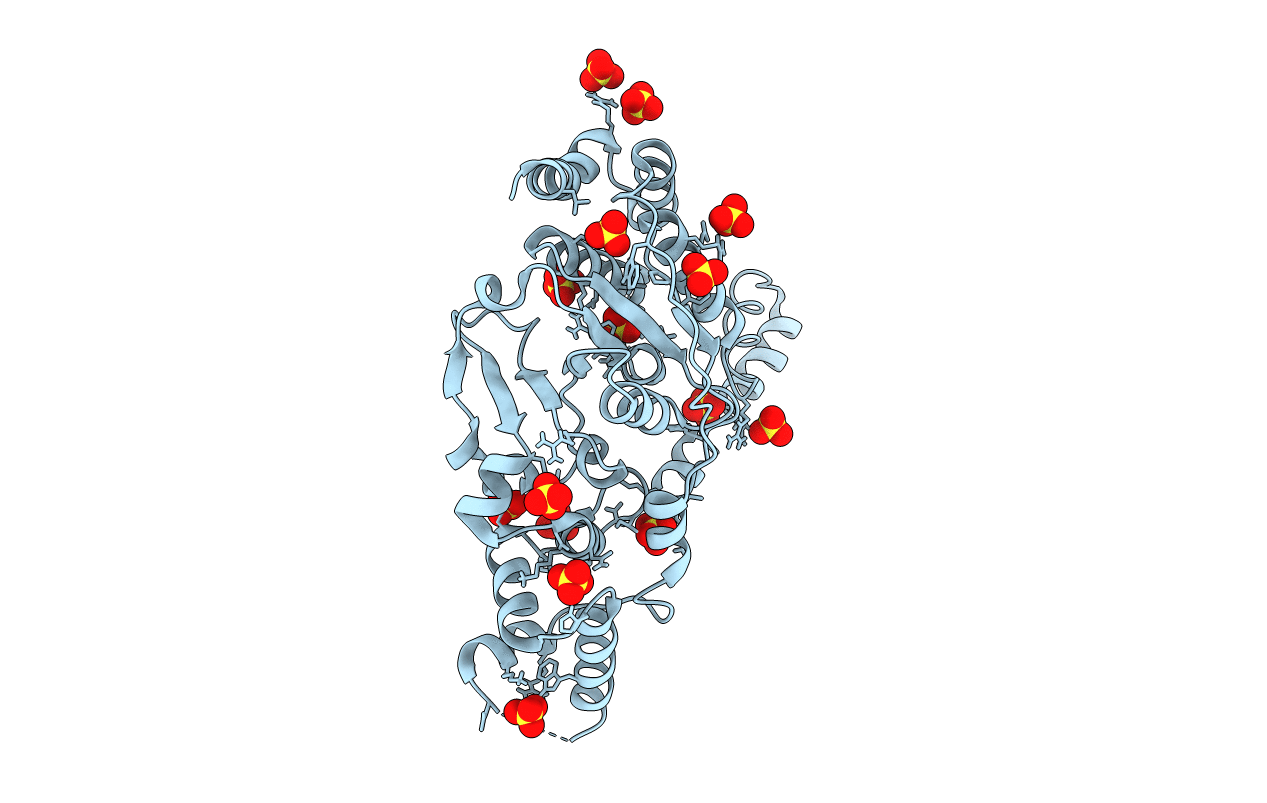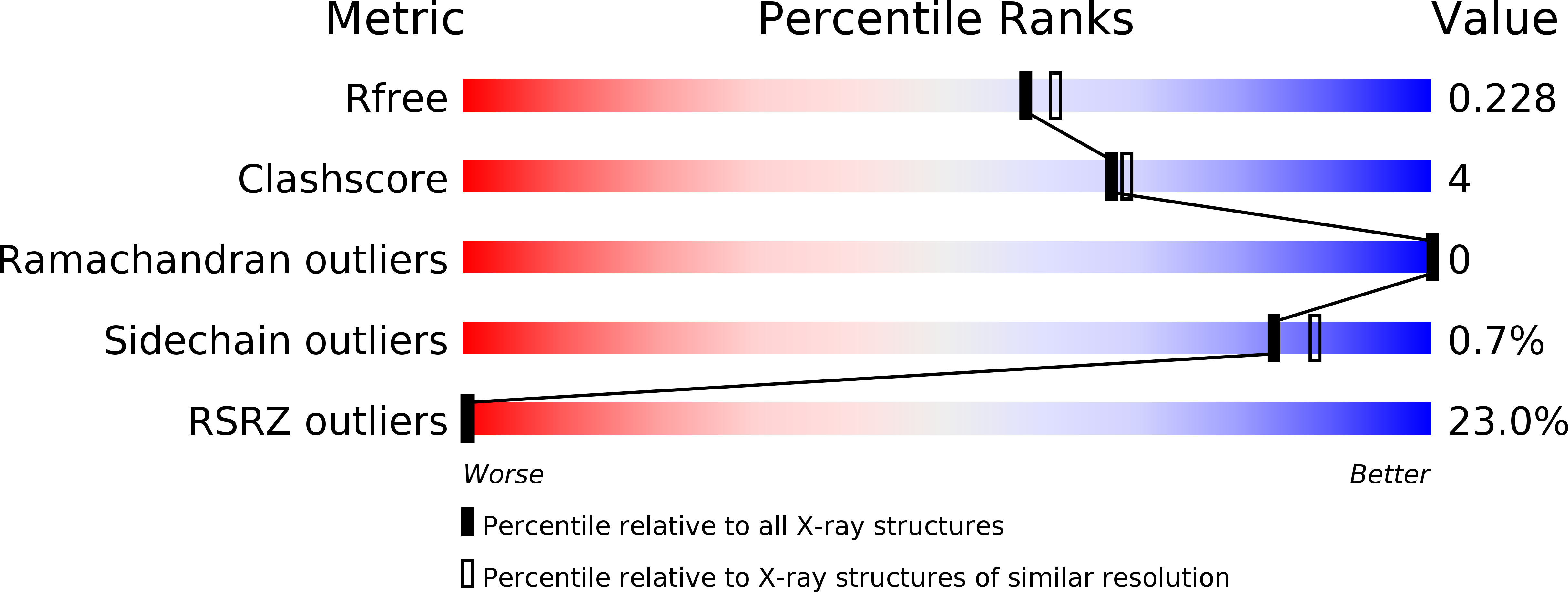
Deposition Date
2019-12-18
Release Date
2020-06-17
Last Version Date
2023-10-11
Entry Detail
Biological Source:
Source Organism:
Homo sapiens (Taxon ID: 9606)
Pyrococcus furiosus (Taxon ID: 2261)
Pyrococcus furiosus (Taxon ID: 2261)
Host Organism:
Method Details:
Experimental Method:
Resolution:
2.00 Å
R-Value Free:
0.24
R-Value Work:
0.21
R-Value Observed:
0.22
Space Group:
C 2 2 21


